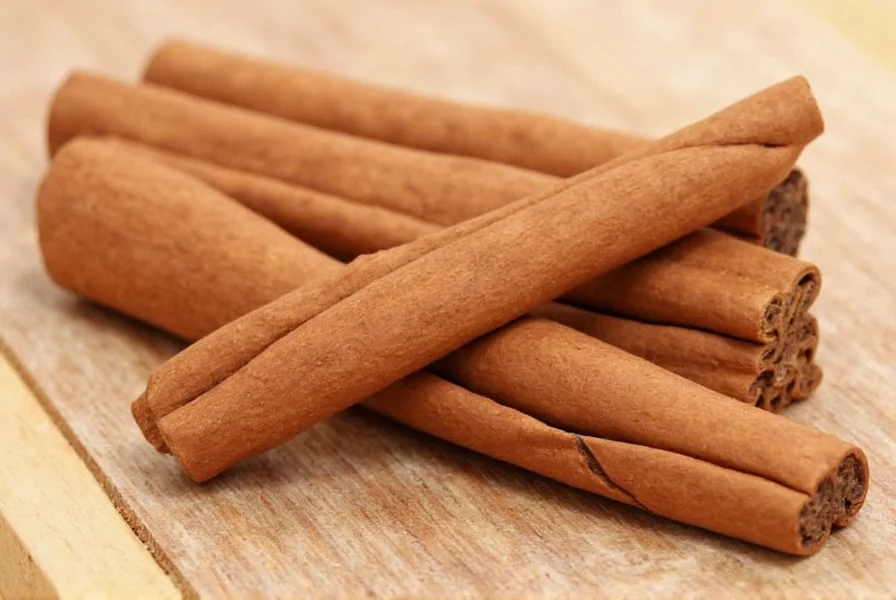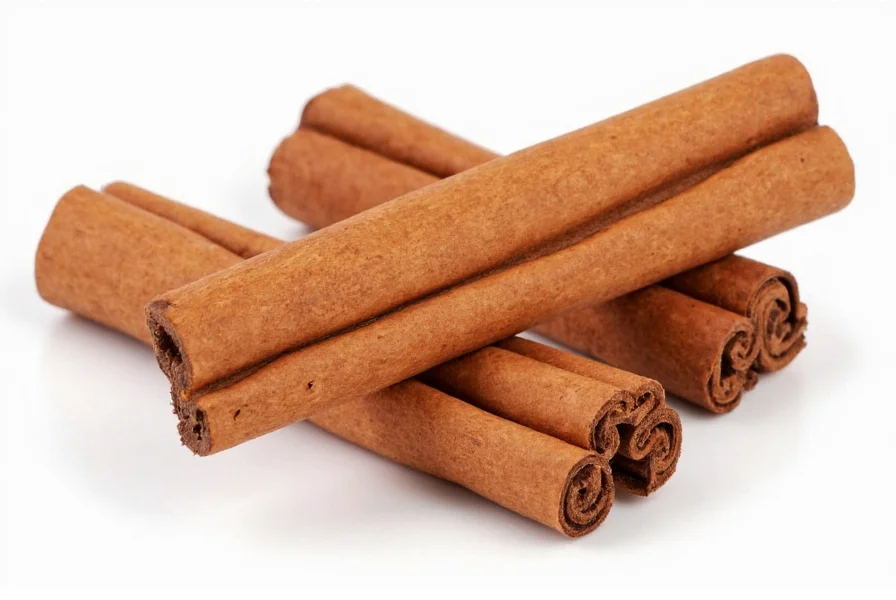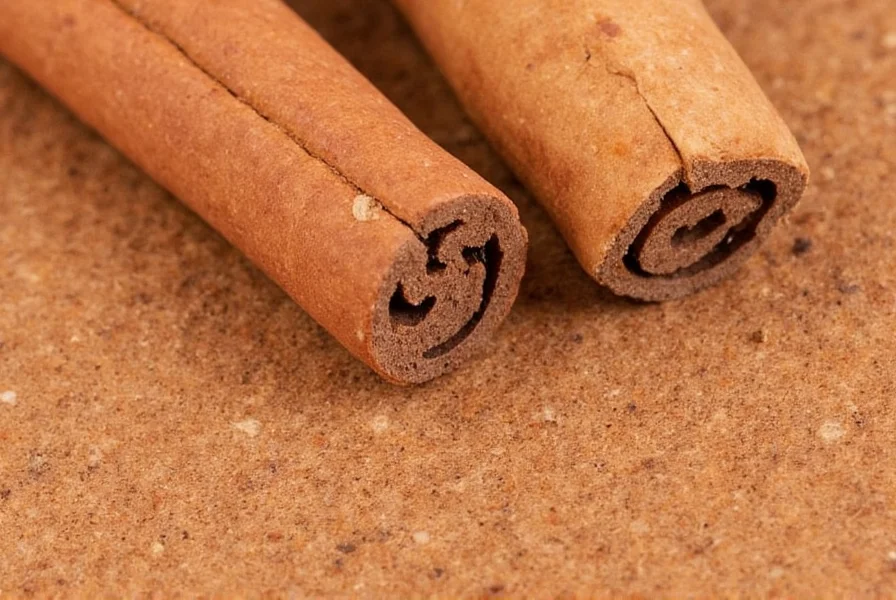When exploring korintje cinnamon characteristics, it's essential to understand this distinctive spice's role in global culinary traditions. As the most widely exported Indonesian cinnamon variety, korintje (sometimes spelled korintje or korinti) represents approximately 80% of cinnamon consumed in the United States and Europe. Its intense flavor profile and affordability have made it a pantry staple worldwide, though many consumers remain unaware of its specific properties compared to other cinnamon types.
Origins and Production of Korintje Cinnamon
Grown primarily in West Sumatra, Indonesia, korintje cinnamon comes from the Cinnamomum burmannii tree. Harvesters strip the inner bark during the rainy season when the sap flow is highest, then roll the bark into characteristic double-layered quills. Unlike Ceylon cinnamon's delicate, multi-layered 'cigar' shape, korintje forms a single, thick, rough-textured quill with a deep reddish-brown color.
The name "korintje" derives from the Dutch colonial term for this Indonesian export. Today, Indonesia remains the world's second-largest cinnamon producer after China, with korintje representing the country's premium export variety. The harvesting process follows traditional methods largely unchanged for centuries, though modern quality control standards now ensure consistency in authentic korintje cinnamon products.
Flavor Profile and Chemical Composition
Korintje cinnamon delivers a powerful, spicy-sweet flavor with distinct woody notes and less floral complexity than Ceylon cinnamon. This intensity comes from its chemical composition:
- 60-80% cinnamaldehyde (providing the characteristic flavor)
- 3-8% coumarin (significantly higher than Ceylon's 0.01-0.05%)
- 2-5% eugenol (contributing spicy notes)
This chemical profile explains why korintje cinnamon vs ceylon cinnamon comparisons consistently note korintje's bolder, more aggressive flavor that holds up well in cooked applications but can overwhelm delicate dishes. The higher coumarin content necessitates moderation in daily consumption, particularly for individuals with liver conditions.
| Cinnamon Type | Coumarin Content (per tsp) | Flavor Intensity | Price Comparison |
|---|---|---|---|
| Korintje (Indonesian) | 1,900-3,500 mg | ★★★★★ | $$ |
| Saigon (Vietnamese) | 2,500-6,000 mg | ★★★★★ | $$$ |
| Cassia (Chinese) | 2,500-4,000 mg | ★★★★☆ | $ |
| Ceylon ("True" Cinnamon) | 10-100 mg | ★★★☆☆ | $$$$ |
Practical Applications in Cooking and Baking
Understanding best uses for korintje cinnamon in baking helps maximize its culinary potential. Its robust flavor shines in:
- Baked goods - Particularly effective in gingerbread, snickerdoodles, and spice cakes where its intensity complements other strong flavors
- Slow-cooked dishes - Stews, curries, and braises benefit from its ability to maintain flavor through long cooking times
- Preserves and syrups - Holds up well in high-sugar environments where more delicate spices might fade
- Coffee and hot chocolate - Adds warmth without being overpowering when used sparingly
Chefs specializing in indonesian korintje cinnamon characteristics recommend using approximately 25% less korintje than Ceylon cinnamon in recipes to prevent flavor dominance. For cold applications like ice cream or whipped cream, Ceylon's subtlety often works better, while korintje excels in heated preparations.

Health Considerations and Safety
The korintje cinnamon coumarin content requires attention for regular consumers. While coumarin provides korintje's distinctive aroma, the European Food Safety Authority recommends limiting daily intake to 0.1 mg per kilogram of body weight. For a 150-pound adult, this translates to approximately:
- 1.5 teaspoons of korintje cinnamon
- 3-4 times the safe limit of Ceylon cinnamon
Individuals with liver conditions or those taking medications metabolized by the liver should consult healthcare providers about appropriate consumption levels. For daily use in beverages or light sprinkling, korintje remains safe for most people, but those using cinnamon therapeutically should consider lower-coumarin alternatives.
Selecting and Storing Quality Korintje Cinnamon
When determining how to identify real korintje cinnamon, look for these quality indicators:
- Appearance: Deep reddish-brown color with visible bark texture and single-layer quills
- Aroma: Intense, immediately noticeable scent even through packaging
- Texture: Brittle enough to snap cleanly when bent
- Taste: Immediate warmth followed by sweet-spicy notes without bitterness
Store korintje in an airtight container away from light and heat. Ground cinnamon retains potency for 6-12 months, while whole sticks maintain quality for 2-3 years. For optimal flavor in korintje cinnamon baking applications, grind sticks immediately before use rather than purchasing pre-ground product.
Substitution Guidelines
Understanding differences between cassia and korintje cinnamon prevents recipe failures. While all korintje is cassia, not all cassia is korintje. When substituting:
- Use 3/4 teaspoon korintje for every 1 teaspoon Ceylon cinnamon
- Reduce by 25% when substituting for Saigon cinnamon
- Avoid substituting in raw applications where coumarin content matters
For individuals seeking where to buy authentic korintje cinnamon, specialty spice retailers and Indonesian importers typically offer the freshest product. Look for packaging with harvest dates and origin information to ensure quality.

Conclusion
Korintje cinnamon's bold flavor and affordability have cemented its place in kitchens worldwide. By understanding its unique korintje cinnamon flavor profile and appropriate applications, home cooks and professional chefs can leverage its strengths while respecting its limitations. Whether crafting holiday baked goods or developing complex spice blends, korintje offers a distinctive warmth that defines countless beloved recipes when used thoughtfully.











 浙公网安备
33010002000092号
浙公网安备
33010002000092号 浙B2-20120091-4
浙B2-20120091-4